Sri Lanka holidays
The sun-kissed sand, rolling surf and over 1,300 kilometres of palm-fringed coast might make you think holidays to Sri Lanka are all about the beach. But this tiny island nation off the southern coast of India has far more to offer. Explore rich history, from ancient shrines to its buzzing modern capital, Colombo. You’ll also find a warm welcome from the locals and a wild world in its forested highlands.
Top destinations in Sri Lanka
Sri Lanka: fast facts
Language
Sinhala, Tamil
Currency
Sri Lankan rupee (Rs)
Time zone
UTC+5:30 (SLST)
Sri Lanka holiday highlights
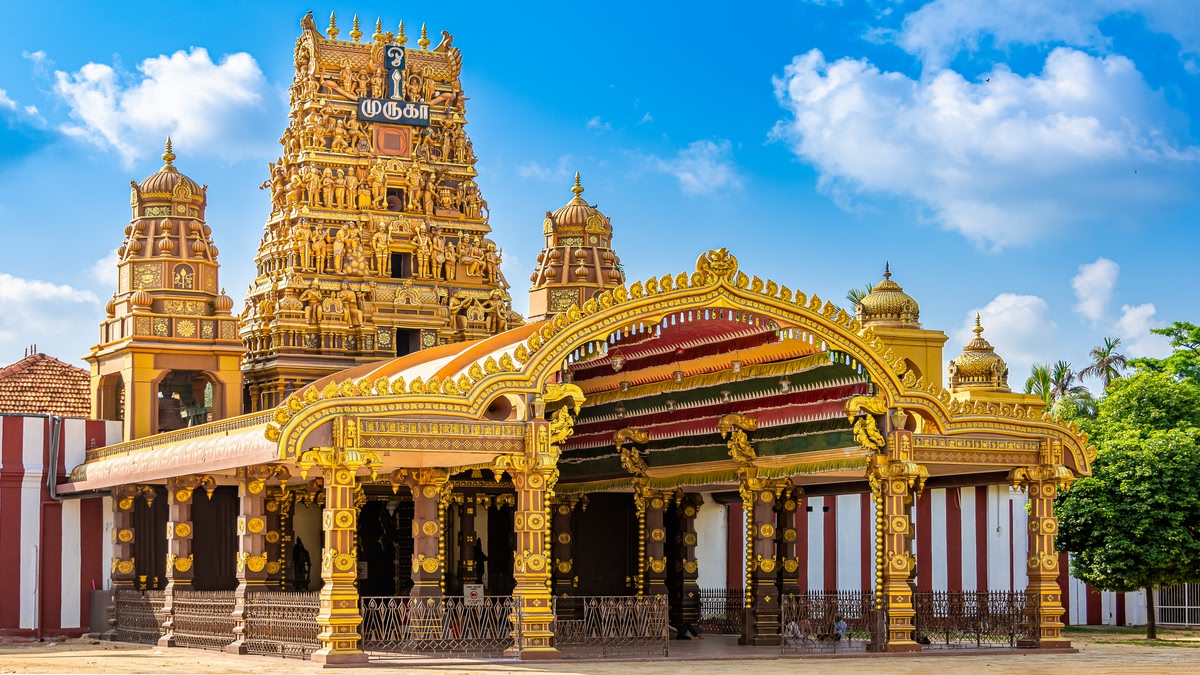
Visit the forts
You can learn a lot about Sri Lanka’s history from its fortresses. Climb Sigiriya, a 5th-century fortified city and palace carved from a 180-metre-high granite column. Or venture south to Galle to see its iconic sea ramparts, built by the Portuguese. Like the northern Jaffna Fort, Galle was captured by the Dutch before falling to the British over a century later.
Make a pilgrimage
Observing local spiritual rituals is one of the best things to do in Sri Lanka. At Sri Dalada Maligawa (Temple of the Tooth), pilgrims and tourists alike line up for a glimpse of the relic that’s said to come from the Buddha himself. Join a tour of the Dambulla Cave Temples, or join worshippers heading up Adam’s Peak, a mountain sacred to all the island’s religions.
Head for the hills
An overland journey to the city of Kandy takes hours, but it’s worth it to reach the country’s emerald-green heart. Take in the breathtaking hill country of forest ravines, lush tea plantations and plunging waterfalls from a winding train. Or carve out a day of mountain hiking or river rafting. In the national parks, you’ll see everything from elephants to giant squirrels.
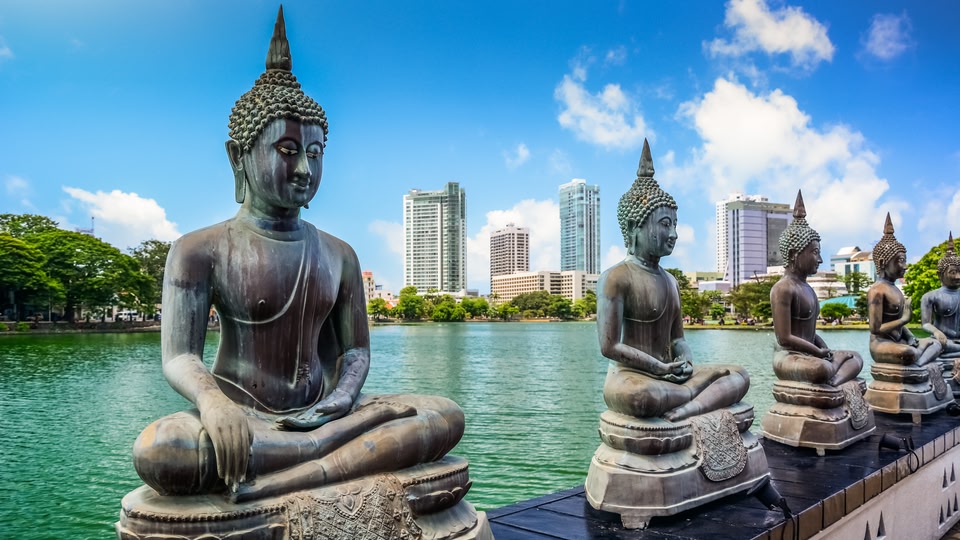

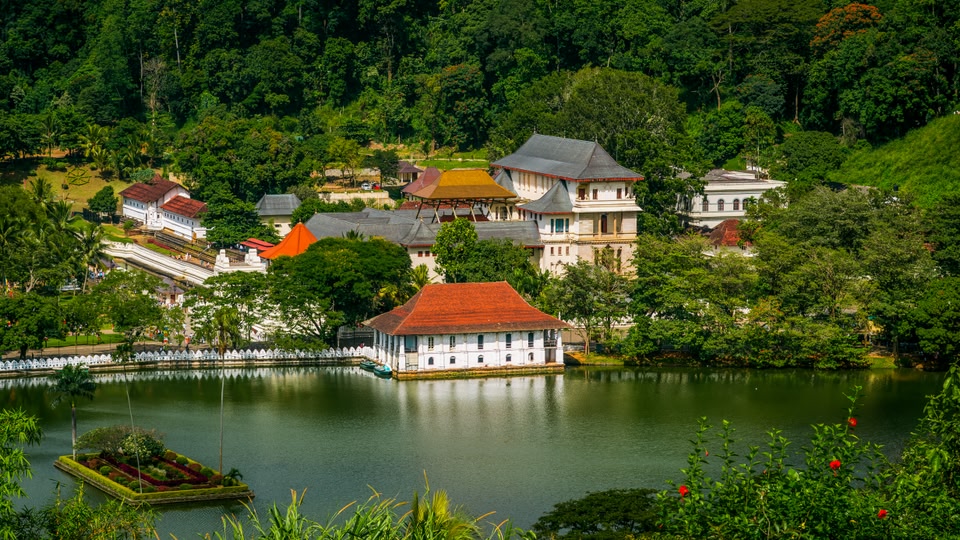
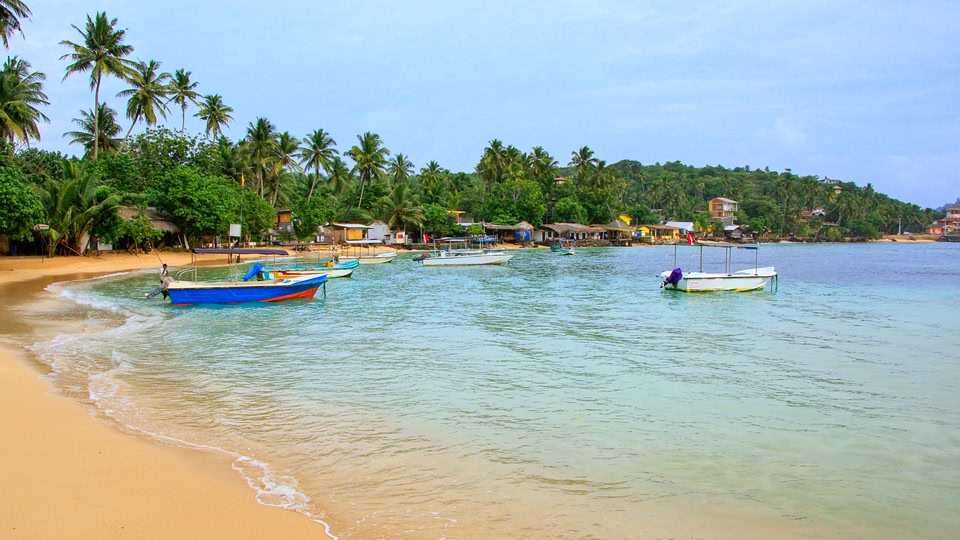


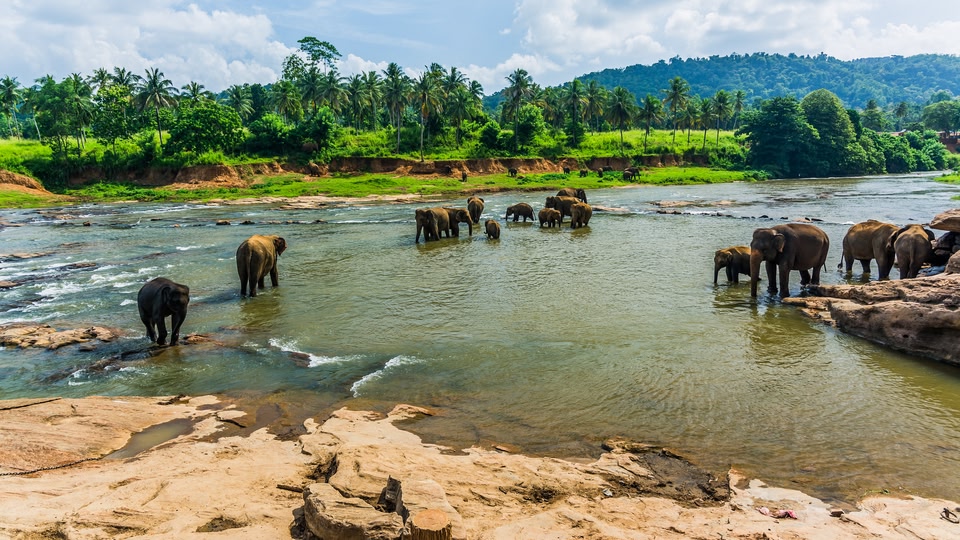
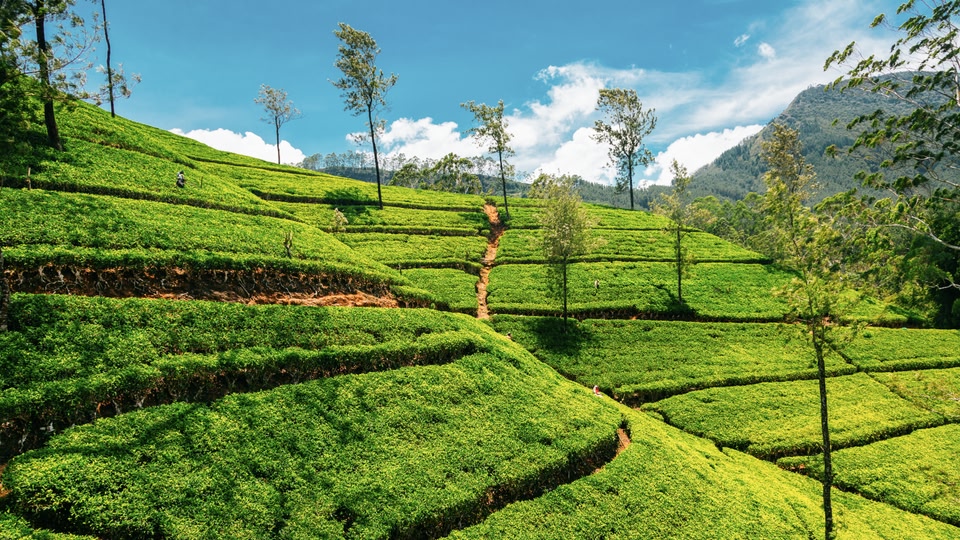
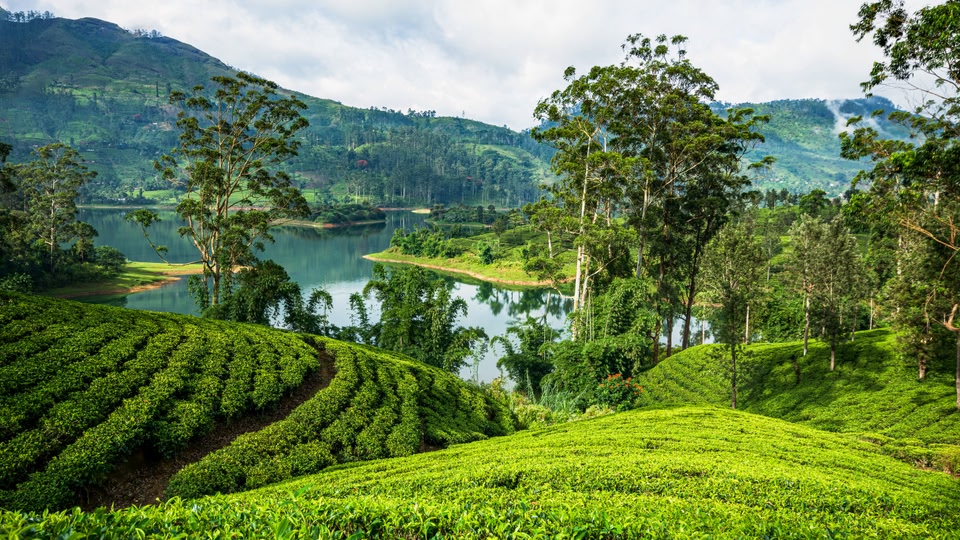
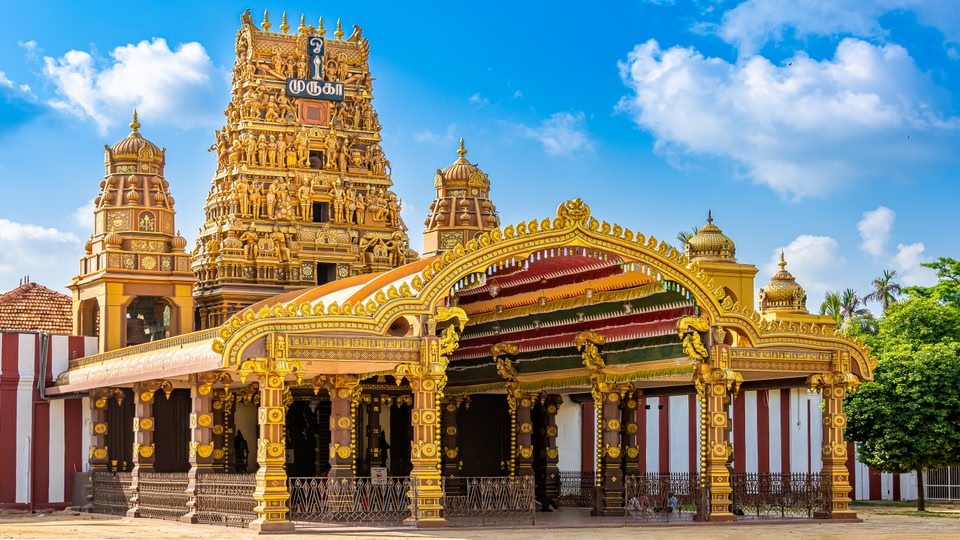
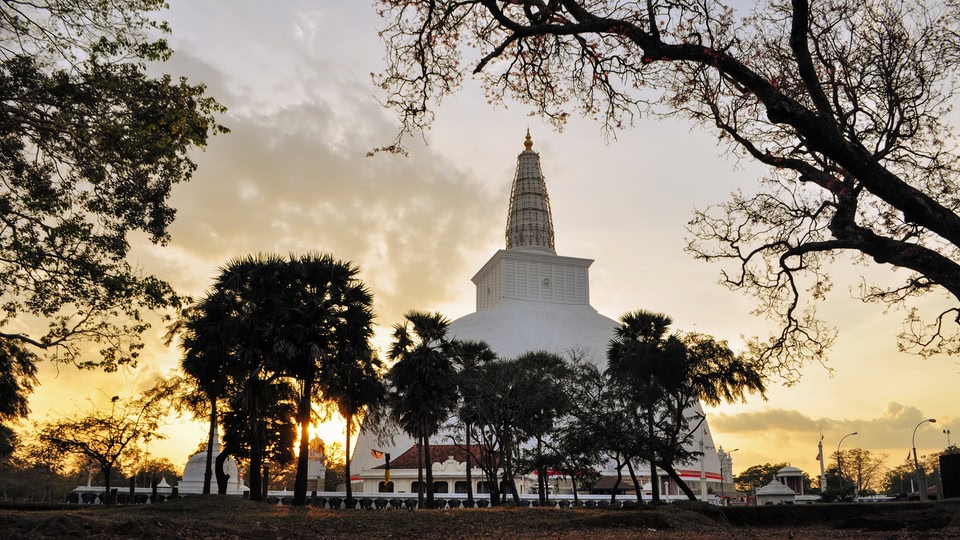
Things to do in Sri Lanka
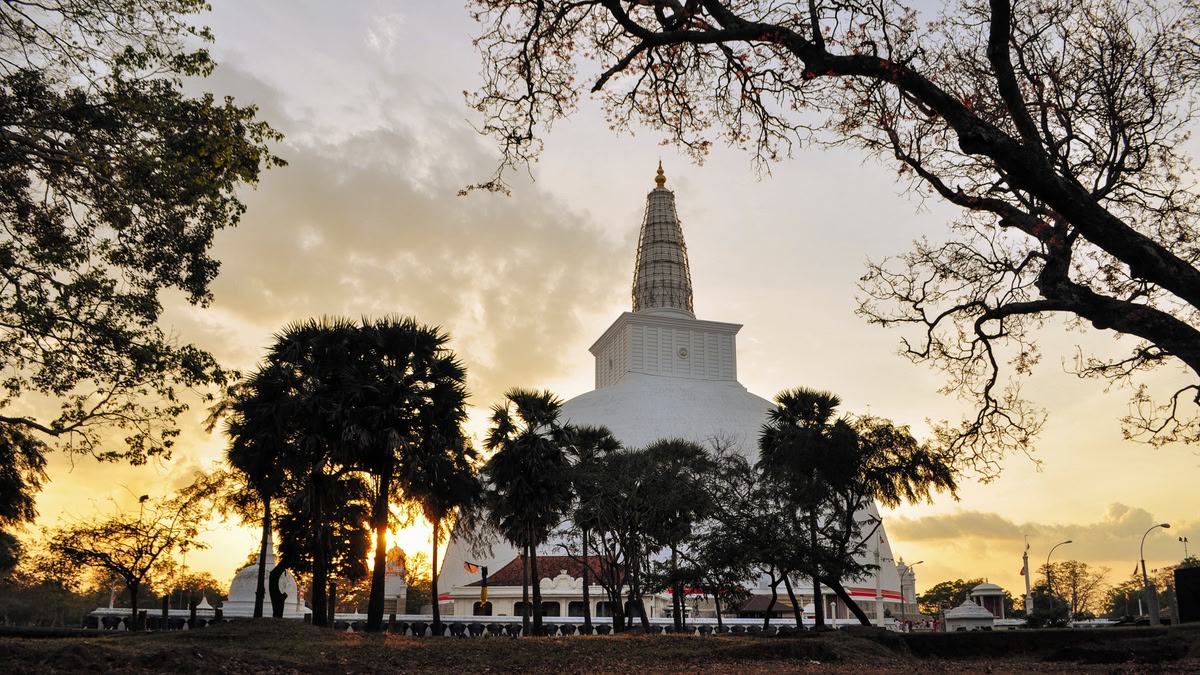
Top attractions
Hike to the top of Sigiriya to roam ancient ruins and take in sweeping views of the jungle below. Step inside the Dambulla Cave Temples to see vivid Buddhist murals and statues tucked into five sacred caves. Catch the sunrise at the Nine Arch Bridge in Ella, then watch as trains glide across this colonial-era landmark.
Beaches
The beaches in Sri Lanka are a year-round treat, home to soft sand, azure waters and passing turtles. West coast resorts combine family-friendly amenities with a weekend party scene and some of the world’s best kitesurfing. Head south to spot blue whales or seek out surf breaks. The port city of Trincomalee on the northeast coast offers more secluded beauty and amazing snorkelling.
Nature
Sri Lanka’s tropical landscape is full of wildlife, from sloths and crocodiles to wild boar and buffalo. Guides at the national parks help facilitate safe viewing, including rare leopards at Yala and Wilpattu and the annual gathering of elephants at Minneriya. Sleep in a treehouse to be woken up by monkeys, or spy eagles, peacocks and hundreds of other bird species in the wetlands.
Culture and museums
Many of Sri Lanka’s historical highlights are found outdoors, whether it’s temple ruins and rock carvings or sacred trees thousands of years old. Exploring the ancient wonders at Polonnaruwa, the country’s former religious and commercial centre, is a must. One Sri Lankan museum not to miss is Dambana, the Indigenous village in Maduru Oya National Park, which preserves the language and rituals of the forest-dwelling Vedda people.
Cuisine
From aromatic curries to the tongue-tingling ‘sambal’ (chilli chutney) that can be added to just about everything, spices rule here. You’ll also find plenty of plant- and seafood-based dishes at restaurants in Sri Lanka. Popular street eats include rice-flour roti and ‘hoppers’, crispy bowl-shaped pancakes filled with curry and topped with egg.
Family friendly
Catch waves around Arugam Bay, a surfer’s paradise with breaks for beginners and pros alike. Take a jeep safari in Yala National Park to spot leopards, sloth bears and elephants. At Galle Fort, kids can explore centuries-old ramparts while museums reveal layers of Dutch and maritime history along the cobbled streets.
Find the best time to visit Sri Lanka
Weather in Sri Lanka
May – September: The southwest monsoon season brings heavy rains to southern and western regions. Downpours are the norm around popular spots like Colombo and Galle. The east coast stays relatively dry and is ideal for a beach holiday.
October – November: During this period, thunderstorms are common across the entire island. It’s a good idea to pack a raincoat or umbrella wherever you go.
December – April: Monsoon season lingers in the northeast until January, while the southwest experiences mostly dry, hot and sunny weather. This is a great time for hiking in the central highlands. It’s also prime time for spotting blue and sperm whales on the southern coast.
Events in Sri Lanka
Galle Literary Festival (February): Galle Fort hosts a four-day gathering of best-selling authors, comedians, filmmakers and journalists. Alongside talks and debates, you’ll find art exhibitions and children’s workshops.
Sinhala and Tamil New Year (April): Every April, Sri Lankans celebrate the beginning of the astrological new year. It’s when families meet to make traditional sweets, observe ancient rituals and play games. In Colombo, the streets are filled with festive markets, music and cultural performances.
Kandy Esala Perahera (July or August): Kandy explodes with colour for this ten-day festival honouring the sacred tooth relic of Buddha enshrined at the Sri Dalada Maligawa temple. Watch street parades featuring drummers and fire dancers.


